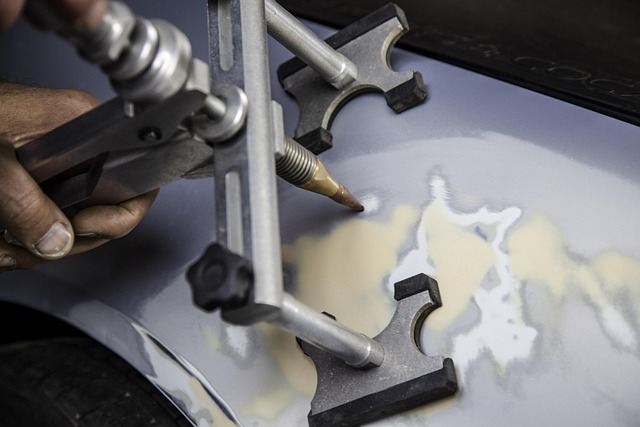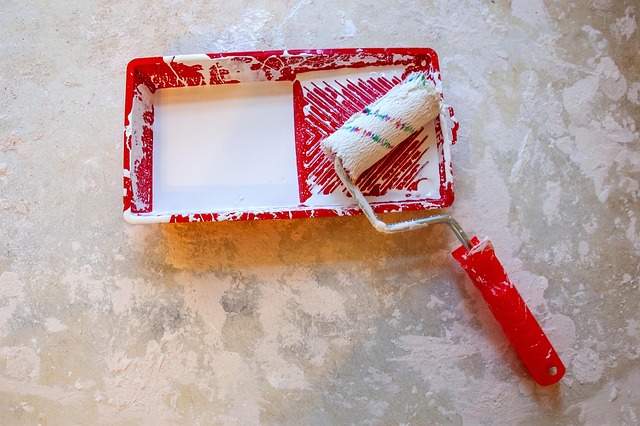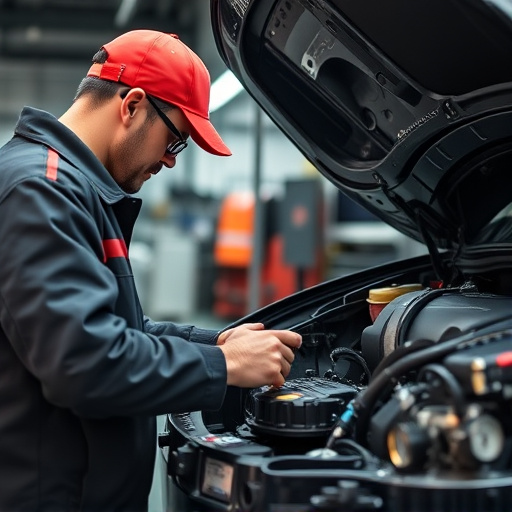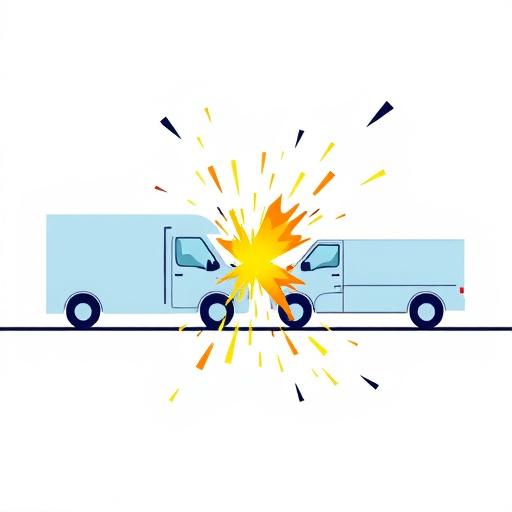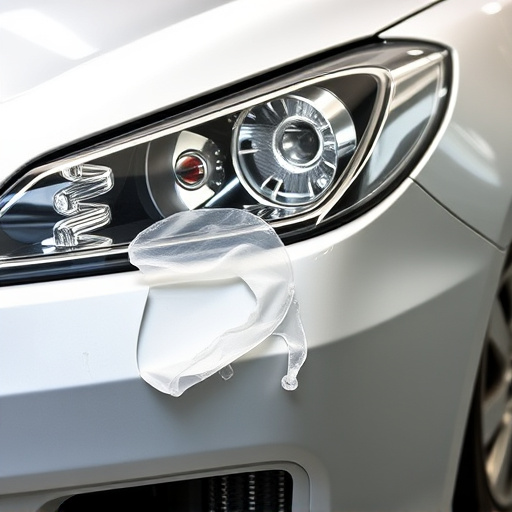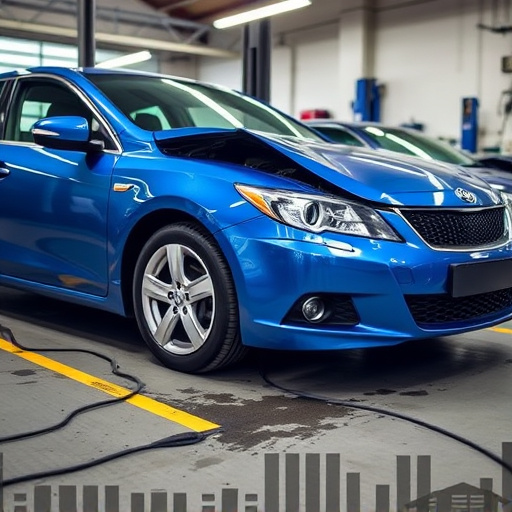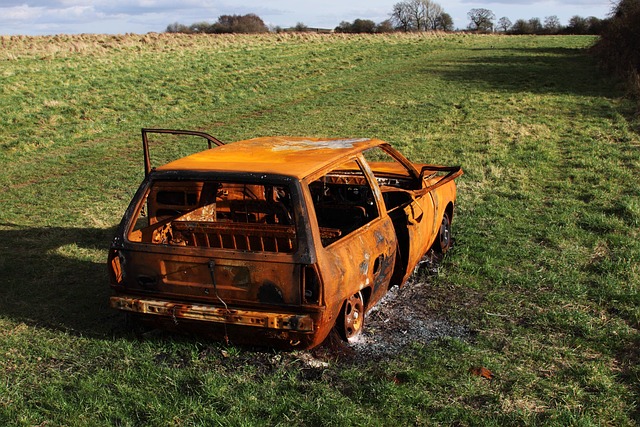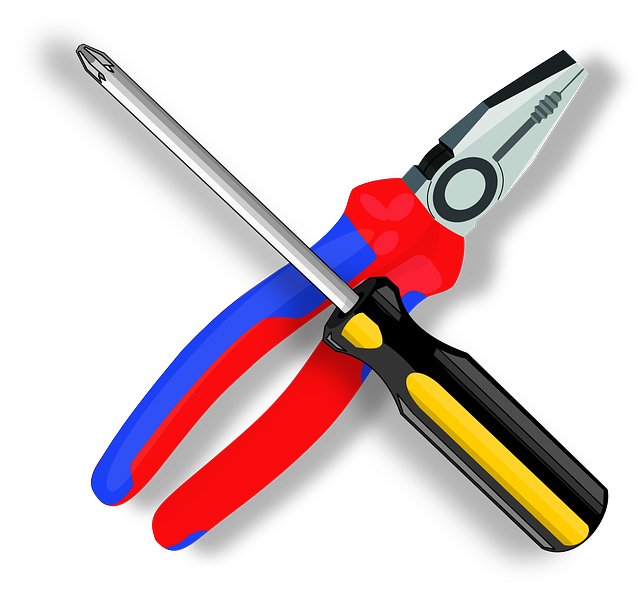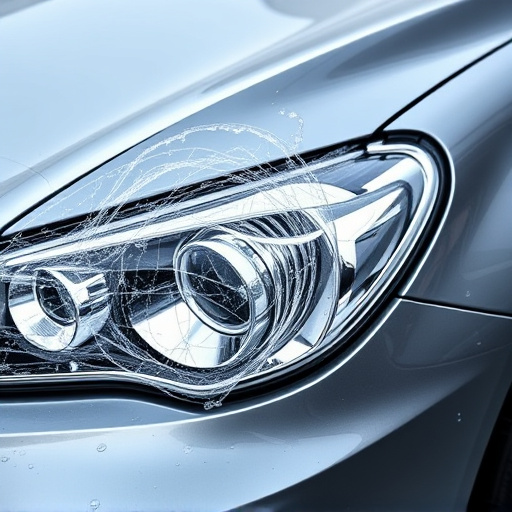ADAS Recalibration Glass, a specialized material vital for modern vehicles with Advanced Driver Assistance Systems (ADAS), maintains and restores sensor performance by providing a consistent reflective surface. Over time, dirt, debris, or damage can impair functionality, posing safety risks. This glass mitigates these issues, ensuring features like adaptive cruise control and collision avoidance systems operate effectively. Regular replacement is crucial for vehicle safety and regulatory compliance, with future advancements promising improved durability and clarity.
“Unveiling the significance of ADAS Recalibration Glass, this article explores its pivotal role in ensuring autonomous vehicle safety. As Advanced Driver Assistance Systems (ADAS) become ubiquitous, precise calibration is essential for optimal performance. ADAS Recalibration Glass offers a innovative solution, facilitating regular adjustments to maintain system accuracy.
We’ll delve into how this technology safeguards against compliance issues, enhances overall reliability, and projects the future of autonomous driving.”
- Understanding ADAS Recalibration Glass and Its Importance
- How ADAS Recalibration Glass Ensures Compliance
- Benefits and Future Prospects of Using Recalibration Glass for ADAS Systems
Understanding ADAS Recalibration Glass and Its Importance
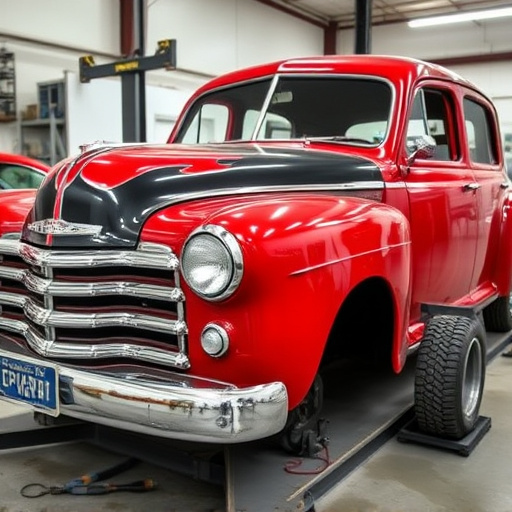
ADAS Recalibration Glass is a specialized type of glass used in modern vehicles equipped with Advanced Driver Assistance Systems (ADAS). It plays a critical role in ensuring these safety features function optimally and accurately. This glass is designed to maintain and restore the performance of ADAS sensors, which include cameras, lidar, and radar, by providing a consistent and reliable reflective surface. Over time, factors like dirt, debris, or damage can impair sensor functionality, leading to potential safety risks.
The importance of ADAS Recalibration Glass lies in its ability to mitigate these issues, promoting vehicle safety and compliance with regulatory standards. When sensors are recalibrated using this specialized glass, they can accurately detect and interpret the surrounding environment, enabling features like adaptive cruise control, lane-keeping assist, and collision avoidance systems to operate effectively. This is particularly crucial for vehicle body repair and bodywork professionals who need to ensure that restored vehicles meet the highest safety standards, even after modifications or repairs.
How ADAS Recalibration Glass Ensures Compliance
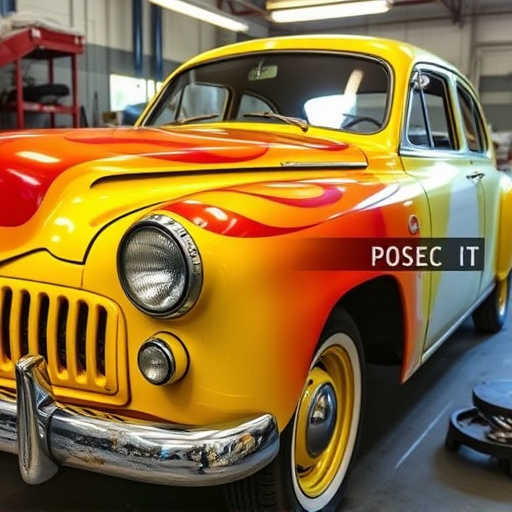
ADAS Recalibration Glass plays a pivotal role in ensuring that Advanced Driver Assistance Systems (ADAS) function optimally and compliantly. As these systems rely on precise sensor data, any distortion or misalignment can lead to false readings and potential safety hazards. The specialized glass used in ADAS recalibration is designed to counteract such issues. It offers high-quality optical clarity and dimensional stability, ensuring that the sensors accurately capture and interpret surroundings, be it lane markings, obstacles, or pedestrian signals.
This process involves replacing damaged or clouded auto glass with recalibrated glass, which meets stringent industry standards. The result is a restored line of sight for ADAS components, such as cameras and LiDAR sensors. Regular maintenance and timely replacement of this glass are essential to keep vehicles’ safety features up-to-date and functioning correctly. Moreover, it serves as a crucial step in vehicle restoration, ensuring that modern automotive technology operates seamlessly alongside traditional driving aids.
Benefits and Future Prospects of Using Recalibration Glass for ADAS Systems

The utilization of ADAS recalibration glass offers significant advantages for Advanced Driver-Assistance Systems (ADAS) compliance and vehicle safety. This specialized glass plays a pivotal role in calibrating and testing sensor accuracy, ensuring that systems like adaptive cruise control, lane departure warning, and collision avoidance work seamlessly. By enabling precise adjustments to sensor readings, ADAS recalibration glass facilitates the accurate mapping of vehicle surroundings, enhancing overall system reliability and reducing potential errors that could lead to accidents.
Looking ahead, the future prospects for ADAS recalibration glass are promising as the automotive industry continues its relentless march towards autonomous driving. As ADAS features become more intricate and integrated into daily driving experiences, regular recalibration becomes increasingly vital. This technology will play a crucial role in collision repair centers and auto body painting shops, enabling efficient and precise restoration of vehicle bodywork following accidents or during routine maintenance. With advancements in glass manufacturing techniques, we can expect improved durability, enhanced optical clarity, and better resistance to environmental factors, further solidifying the position of ADAS recalibration glass as an indispensable tool for maintaining top-tier safety standards on our roads.
ADAS recalibration glass is a pivotal technology in ensuring the accuracy and compliance of Advanced Driver Assistance Systems. By providing precise calibration, this specialized glass enables optimal performance of sensors, leading to safer driving experiences. As autonomous vehicles continue to evolve, the role of ADAS recalibration glass will only grow in importance, offering both enhanced safety features and regulatory compliance for the automotive industry.

